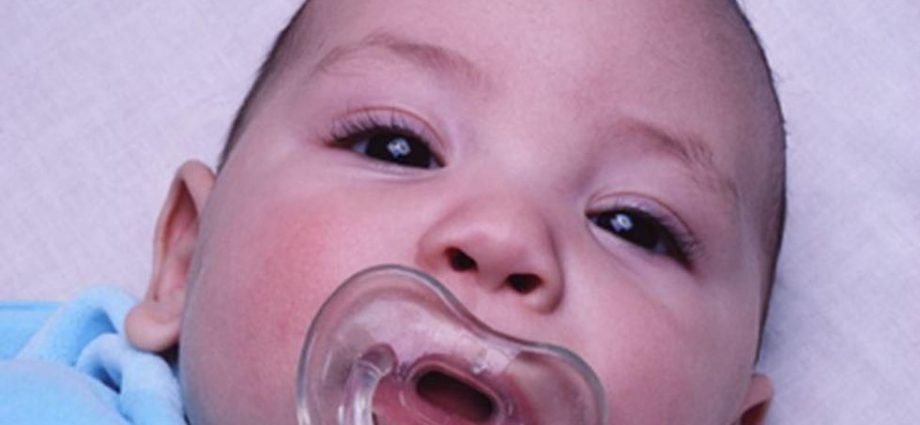WEDNESDAY, June 23, 2021 (HealthDay News) — The pandemic not only cost hundreds of thousands of American lives, but it also appears to have triggered a deep drop in births, U.S. health officials reported Wednesday.
Until 2020, the birth rate had been declining about 2% a year, but that rate dropped to 4% with the start of the pandemic, researchers from the U.S. Centers for Disease Control and Prevention found.
“When you take that one step further and look at the decline across 2020, there were greater declines in the second half of the year — 6% versus the first part of the year [at] 2%,” said report author Brady Hamilton, a statistician demographer at the CDC’s National Center for Health Statistics (NCHS).
“You have this decline that is larger than what we’ve seen in prior years and really shows some indication of the impact of the pandemic on the number of births,” Hamilton said.
According to the report, the number of births dropped for each month from 2019 to 2020, with the biggest drops occurring in December (8%), August (7%), and October and November (6%).
Births declined for whites, Blacks and Hispanics alike. Births dropped in 20 states in the first half of 2020, and in all 50 states in the second half of 2020. The decline in seven states, however, was not significant.
For comparison, the birth rate from 2018 to 2019 dropped between 1% and 3%, the researchers noted.
“The big question, of course, is what’s going to happen as people progress through the pandemic,” Hamilton said. “What will be particularly interesting is the data for 2021 in terms of making decisions about having children.”
Hamilton noted that birth rates have been declining throughout the industrialized world. In many countries, including the United States, the birth rate is below replacement level. That is, fewer people are being born to replace those dying.
Dr. Rahul Gupta, senior vice president and chief medical and health officer at the March of Dimes, wasn’t surprised by the decline in births during the pandemic.
“The severity of a pandemic, the disparities that continue to exist, as well as shutdown of fertility services and a shutdown of immigration, which is a big contributor to birth rate, are all factors linked to the significant decline in births,” Gupta said.
“So, it’s not unexpected. The numbers have been declining in the United States each year. And clearly, 2020 is six years in a row of decline,” he noted. “But before that, the counts were declining an average of about 50,000 a year, and this report shows about 140,000 fewer births, which is almost three times.”
It was not just the pandemic, he added. “Almost one in four babies is born to an immigrant in this country. And we clearly saw some challenges with that, which would have impacted births,” Gupta explained.
Based on what happened in the 1918 flu pandemic, Gupta expects the drop in the birth rate to continue, possibly into 2022. It may take another year or two for people to have the confidence in having families, he said.
“If you looked at the 1918 pandemic, the birth rate dropped by 10% after about nine to 10 months following the peak in deaths,” he said. “In one day this February, we had about 5,000 deaths, so we certainly will see fewer births in 2021, and it may happen in 2022.”
If that trend continues, it will have a major social impact as the workforce declines just as older people are retiring and living longer, according to Dr. Jennifer Wu, an obstetrician-gynecologist at Lenox Hill Hospital in New York City.
Wu thinks that economics plays a role in the declining birth rate as couples decide to have fewer children. The desire for an education and career are delaying pregnancy for some women, and with others the need to work makes having large families problematic.
“There are a lot of economic implications for the declining birth rate, but the declining birth rate also has a lot of implications for the Earth in general and climate change,” Wu said. “There are a lot of forces at play, and it’s daunting to know what is best for the long term.”
The findings were published in an NCHS data brief on June 23.
More information
For more on the U.S. birth rate, head to the U.S. Centers for Disease Control and Prevention.
SOURCES: Brady Hamilton, PhD, statistician demographer, National Center for Health Statistics (NCHS), U.S. Centers for Disease Control and Prevention; Jennifer Wu, MD, obstetrician-gynecologist, Lenox Hill Hospital, New York City; Rahul Gupta, MD, senior vice president and chief medical and health officer, March of Dimes; CDC’s NCHS report, “Declines in Births by Month: United States, 2020,” June 23, 2021
Copyright © 2025 HealthDay. All rights reserved.

